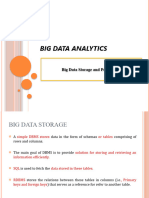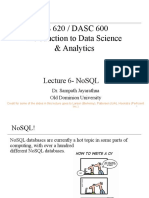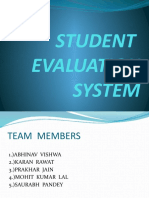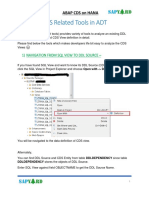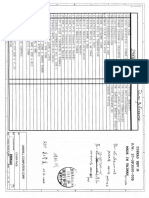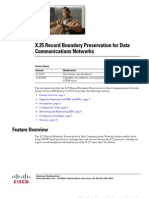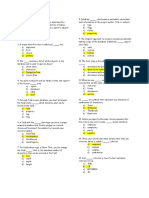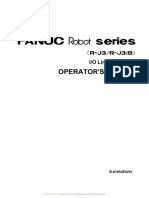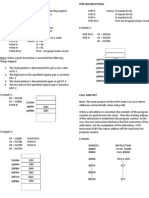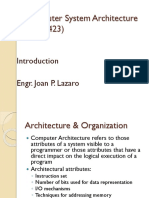0% found this document useful (0 votes)
12 views69 pages07-Architecture Database
The document discusses various database architectures, focusing on the differences between ACID and BASE models, and the evolution of database systems from traditional relational databases to NoSQL solutions. It highlights the importance of database normalization, the challenges of scaling, and the emergence of distributed systems that prioritize availability and performance. Additionally, it notes the trend of integrating SQL features into NoSQL databases and the shift in application development practices towards more flexible data management solutions.
Uploaded by
anikeitCopyright
© © All Rights Reserved
We take content rights seriously. If you suspect this is your content, claim it here.
Available Formats
Download as PPTX, PDF, TXT or read online on Scribd
0% found this document useful (0 votes)
12 views69 pages07-Architecture Database
The document discusses various database architectures, focusing on the differences between ACID and BASE models, and the evolution of database systems from traditional relational databases to NoSQL solutions. It highlights the importance of database normalization, the challenges of scaling, and the emergence of distributed systems that prioritize availability and performance. Additionally, it notes the trend of integrating SQL features into NoSQL databases and the shift in application development practices towards more flexible data management solutions.
Uploaded by
anikeitCopyright
© © All Rights Reserved
We take content rights seriously. If you suspect this is your content, claim it here.
Available Formats
Download as PPTX, PDF, TXT or read online on Scribd
/ 69












